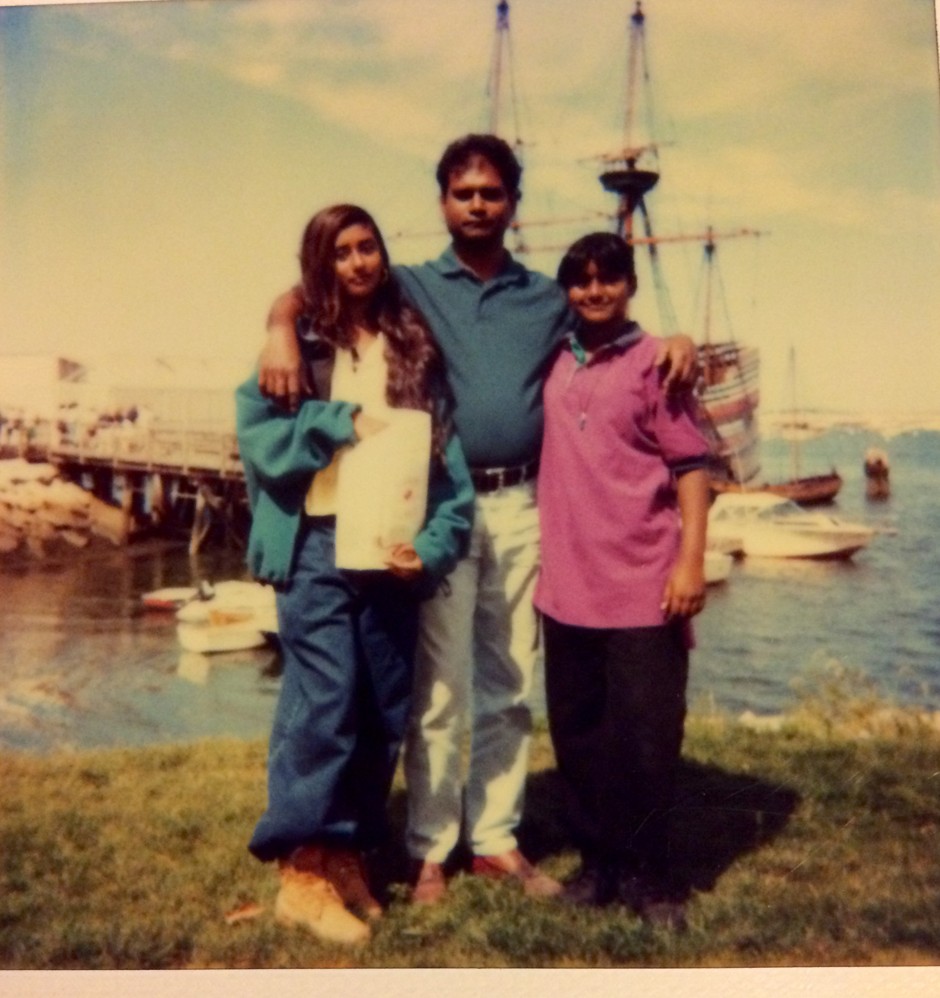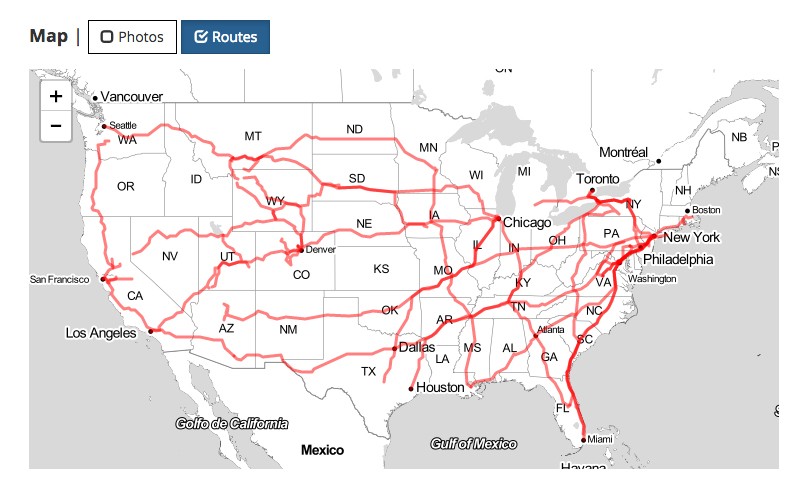The Great (South Asian) American Road Trip

“America also belongs to us and we belong to it, despite the myth of a singular ‘American.’”
On this summer day in 1995, 16-year-old Odessa Despot had made the questionable decision to wear baggy jeans, a Columbia jacket, and Timberland boots—the unofficial uniform for a teenager from Queens, New York. So the first thing she remembers about her family’s visit to Plimoth Plantation in Massachusetts is the unbearable heat.
Tourists walked in and out of stores on the lively streets, perusing souvenirs and sampling salt water taffy. Despot tasted some herself, and decided she wasn’t a fan. But the lobster rolls in Plymouth—those definitely lived up to the hype. At some point, she, her sister, and their dad clicked a photo in front of the full-sized replica of the Mayflower, the ship on which the Pilgrims had arrived in the 1600s.
Thinking back, she wonders if her family truly understood the significance of this trip. Her parents, who were undocumented at the time, likely didn’t. “The idea of white people coming on a ship and moving to the U.S. was not something that they connected with, I don't think,”she says. “In their minds, white people had always been in America. To be American was to be white.”
This photo of Despot and her family now lives online, as a part of the Road Trips project from the South Asian American Digital Archive (SAADA). The archive, which celebrates its ninth anniversary this week, recently put out a call asking South Asians to contribute photos of their travels in America, along with route information and anecdotes. So far, they have around 50 submissions showcasing experiences across nationalities, religions, age, sexual orientation, and legal status.
Being on the open road is a quintessentially American rite of passage—it’s a way of seeing America and being seen by it. To get behind the wheel and drive, in this country, is to claim ownership over the landscape and over one’s own identity. Or, at least that’s the way it’s often portrayed in books and movies.
In reality, the right to travel freely and safely has been withheld from certain groups. Throughout history, vast swaths of land were deemed off-limits for people of color, either through policy or practice. During Jim Crow segregation, black travelers consulted the Green Book, a travel guide that showed routes they could take to avoid violence. And while things have certainly changed, driving in a car can still be a death sentence for a black person, even in their own hometown.
Immigrants, too, have experienced a limited America. Whether they’re in the country legally or not, the cost of driving can be prohibitively high. And being welcomed in all parts of the country isn’t a guarantee. Violence against South Asians goes back to the 1900s. And even in 2017, immigrants are shot at in bars or in their own driveways because someone decided they do not belong.


Comments
Post a Comment